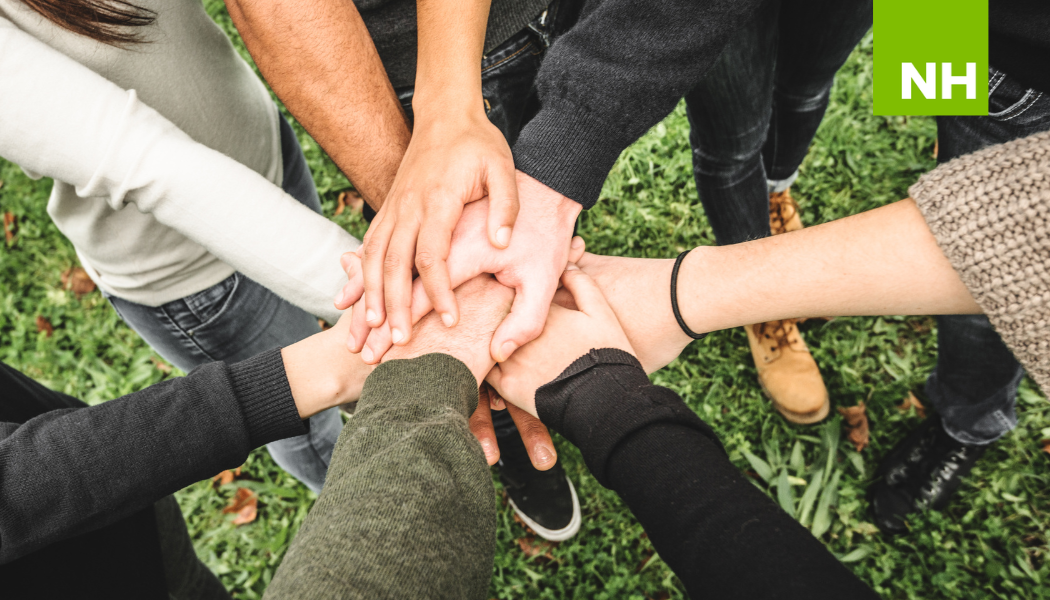When organizations look at donor and volunteer demographic information, the popular thing to do is separate them into generational segments. By now, you know the stereotypes; people in their early 20s don’t volunteer and if you’re looking for donors, look first to the older people in the community. However, a new study on giving and volunteering makes the argument that you should stop looking only at the generations, and instead take a look at families.
The study, a joint venture between Indiana University Lilly Family School of Philanthropy and Vanguard Charitable, tries to uncover how parents’ and grandparents’ patterns of giving affect their children’s charitable behavior. According to the researchers, this is “one of the first studies to look at giving across three generations (using longitudinal data)”. Their findings shed light on how much a parent’s philanthropy is passed on to the next generation, but it also provides some insight into how nonprofits that rely on giving and volunteering can take advantage of this new information.
The Study
The study made use of the Lilly Family School of Philanthropy’s Philanthropy Panel Study, the largest study of philanthropy in the nation. It has tracked the philanthropic behavior of 8,000 families for over a decade. It also conducted extensive, in-depth interviews with five families that provided more personal information, done by Vanguard Charitable. These brought the research findings to life, giving them real-world parallels.
The purpose of the study was twofold. They wanted to find out how closely parents and grandparents match their children and grandchildren in terms of philanthropic priorities. They also wanted to know how socio-demographic factors explain the similarity (or dissimilarity) in philanthropic priorities between parents and children.
Results
The study found out that while charitable giving by parents did influence their children’s giving, parents that volunteered were more likely to have children who volunteered AND give financially. Possibly because of the difference in age, the correlation between grandparents and grandchildren was similar to that between parents and children, but less predictable.
The study showed that many philanthropic tendencies manifest themselves in one’s children, and – to a lesser extent – grandchildren. It also lays out some more in-depth details of certain traits that tend to result in these behaviors being passed along:
- Younger parents have a stronger influence
- Married parents have a stronger influence when compared to separated parents
- The more time spent helping children (in any way), the stronger the influence
There are even more traits that apply to only religious giving, including education level, race and wealth.
The in-depth family interviews echoed the results of the research and added a personal touch that percentages can’t. There seemed to be a family to verify every finding. I won’t highlight all of them, but one of the more interesting families dealt with how the grandparents’ volunteerism impacted their children and grandchildren. When interviewed, the grandparents said that they didn’t think they had impacted their children’s behavior. They said they never did anything “formal” and didn’t set “much of an example,” instead being more spontaneous with being charitable.
The children didn’t remember it the same way. Their daughter had memories of many different charitable acts that her parents did, from volunteering on the PTO or town council, or being generous when giving at church. More than anything, she remembered buying a Thanksgiving meal for a family in need. The Thanksgiving memory even made its way to the third generation. One of the grandchildren called buying a meal a “necessity” for every holiday season and said he wanted to continue the tradition into his adult life.
For Nonprofits
So what does this mean for nonprofits? It can serve as an opportunity to take a fresh look at donors and volunteers. It’s easy to get stuck in a rut when recruiting volunteers, so use this information as an opportunity to shake things up.
Encourage volunteers to bring their children with them. Ask them if they have any family members that would also be interested in getting involved. Develop events around the idea of “family,” and foster learning by example. Emphasize family in donor relations too. If you start to think of donors as family units instead of people, it’s likely to trickle down into your donors’ children, creating a whole new generation of charitable people.
It could also be helpful to develop “tradition” events. They don’t necessarily need to be marketed as tradition, but doing yearly events and inviting the same families back can make these traditions without forcing the issue.
________________
Many organizations rely on both donors and volunteers to continue to offer the services that they provide. Identifying families, not just individuals, that are passionate about your cause can lead to even more possibilities for your nonprofit and your cause.






